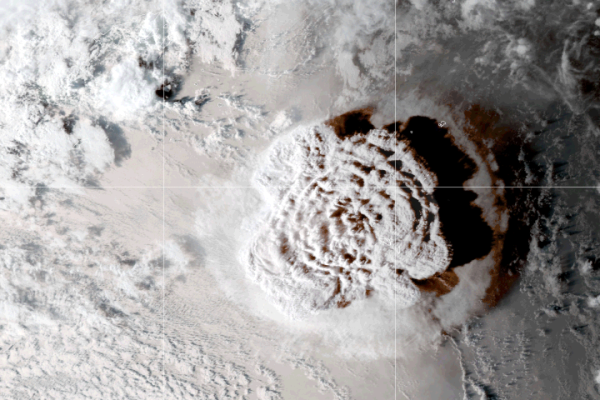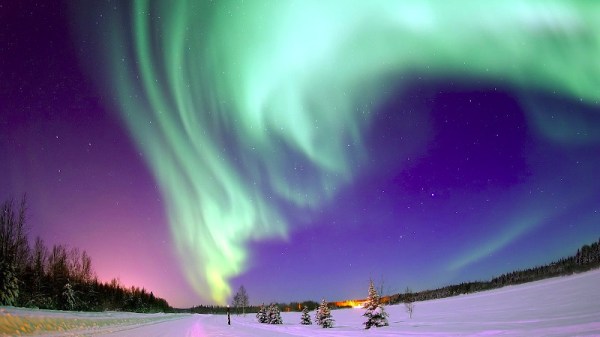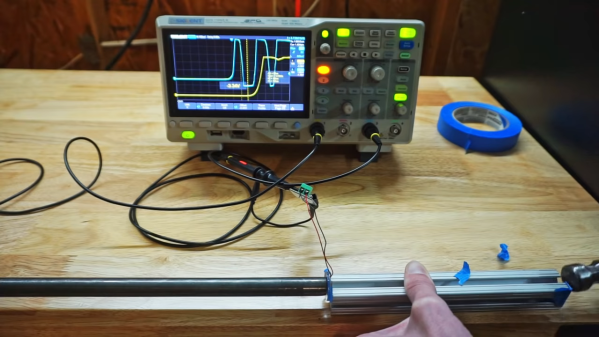Thought experiments can be extremely powerful; after all, pretty much everything that [Einstein] came up with was based on thought experiments. But when a thought experiment turns into a real experiment, that’s when things can get really interesting, and where unexpected insights crop up.
Take [AlphaPhoenix]’s simple question: “Are solid objects really solid?” On the face of it, this seems like a silly and trivial question, but the thought experiment he presents reveals more. He posits that pushing on one end of a solid metal rod a meter or so in length will result in motion at the other end of the rod pretty much instantly. But what if we scale that rod up considerably — say, to one light-second in length. Is a displacement at one end of the rob instantly apparent at the other end? It’s a bit of a mind-boggler.
To answer the question, [AlphaPhoneix] set up a simple experiment with the aforementioned steel rod — the shorter one, of course. The test setup was pretty clever: a piezoelectric sensor at one end of the bar, and a hammer wired to a battery at the other end, to sense when the hammer made contact with the bar. Both sensors were connected to an oscilloscope to set up to capture the pulses and measure the time. It turned out that the test setup was quite a challenge to get right, and troubleshooting the rig took him down a rabbit hole that was just as interesting as answering the original question. We won’t spoil the ending, but suffice it to say we were pleased that our first instinct turned out to be correct, even if for the wrong reasons.
If you haven’t checked out [AlphaPhoenix] yet, you really should. With a doctorate in material science, he’s got an interesting outlook on things, like calculating pi using raindrops or keeping the “ultra” in ultra-high vacuum. Continue reading “Simple Setup Answers Complex Question On The Physics Of Solids” →













